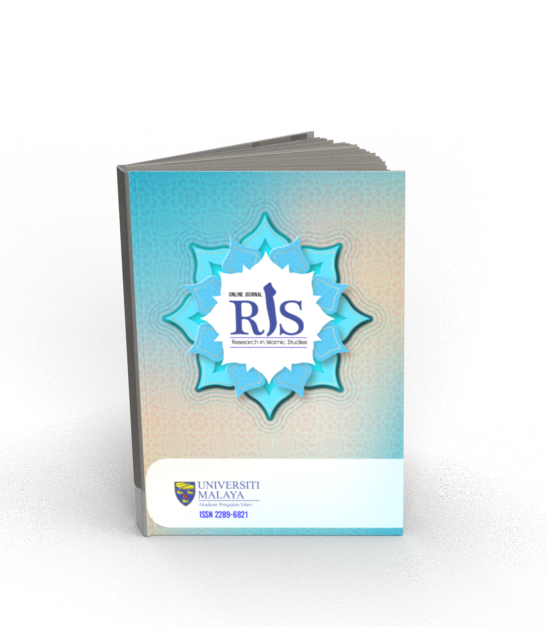Main Article Content
Abstract
Domestic violence is considered to be a fundamental factor affecting the personality of women according to their means and form of use, and violence against women within their families is a satisfactory social phenomenon, reflecting the disharmony between men and women within the family. The study was based on the nature of Qatari society; Qatari women are subjected to verbal and psychological violence in the first place. The violent use of harsh words that offend the dignity, personality and self of women extends to their neglect and disregard, which negatively affects their psychological status. The main reasons for Qatari women's exposure to violence within the family are the misconception of customs and traditions, the low religious distribution of family members, and the most prominent family differences, which increase the burden of violence. The Qatari law has attempted to address the phenomenon of domestic violence against women through the constitutional establishment of women's rights and protection against violence, and within institutions in the context of the promotion of human rights and the empowerment of Qatari women within and outside the family.
Keywords
Article Details
Copyright (c) 2023 Online Journal of Research in Islamic Studies

This work is licensed under a Creative Commons Attribution-NonCommercial-ShareAlike 4.0 International License.
Copyright Notice
By submitting manuscripts to the Online Journal of Research in Islamic Studies (RIS), authors agree to transfer copyright to the journal. However, authors may republish their work or grant others permission to republish it; in which case it should be accompanied by a proper acknowledgment that the work was originally published in the Online Journal of Research in Islamic Studies (RIS). The journal adopt CC-BY-NC licence which authors may also share and distribute their article anywhere of non-commercial website, social media and repositories immediately on publication.
Authors may also reuse the Abstract and Citation information (e.g. Title, Author name, Publication dates) of their article anywhere at any time including social media such as Facebook, blogs and Twitter, providing that where possible a link is included back to the article on the journal site.
